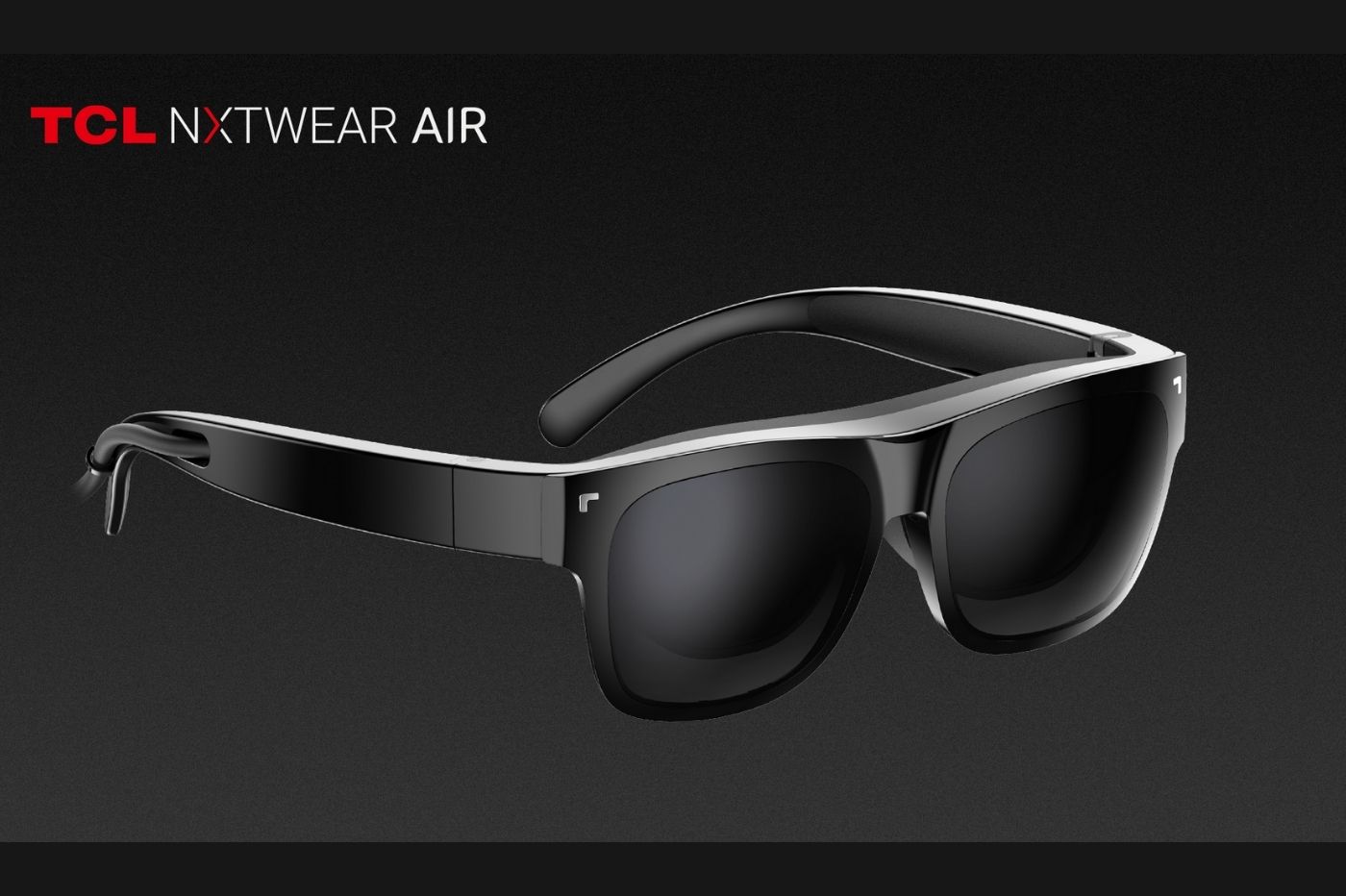
With assisted/augmented reality (AR) and virtual reality (VR) technologies making their way into the business market, many companies are finding ways to incorporate them into their daily practices to create more immersive and engaging work environments. Industries such as sanitation, manufacturing or construction are finding in these increasingly sophisticated technologies a great help to improve processes, connect workers with the field, increase safety and provide the necessary training.
As expected, it was the year 2020 and the start of the Covid-19 pandemic that accelerated this situation. As companies launched digital transformation initiatives to support business continuity, the use of AR and VR also skyrocketed, as they were suitable for enabling remote work and cross-collaboration. Today, this adoption is expected to continue to accelerate, especially as users become more comfortable with these technologies, the increasing convergence of physical assets into digital ones, and the integration of 4G/5G connectivity.
Not only is enterprise adoption of smart glasses projected to grow in the coming years, but that growth will accelerate as spending begins to shift away from mobile AR and toward handheld AR. free. Augmented reality is supported by our research, which reveals how 63% of organizations expect to deploy smart glasses in the next three yearsyes
Along with AR, the edge computing market has also accelerated substantially in the last year. Our own research shows that more than half (52%) of IT decision makers consider purchasing decisions around edge computing to be more important now than before the pandemic. In fact, edge computing is perceived as the most disruptive emerging technology, ahead of AI, IoT and cybersecurity. This, in turn, is driving innovation and adoption around edge infrastructure, with IDC projecting an 800% increase in the number of edge applications by 2024.
But why should applications use edge computing? Well, technologies like AR will take advantage of integrated mobile broadband (4G/5G) and edge computing for adoption at scale. The high bandwidth of the latest network technologies enables the deployment of fully collaborative work use cases. Meanwhile, moving to the edge brings intelligence closer to the end user, providing key savings in runtime and network resource usage, while enabling tasks to be performed without internet access at all.
With 4G already ubiquitous, and both 5G and edge computing on a growing trajectory, technologies like AR smart glasses are set to see some big opportunities in the enterprise market over the next year. Among the most prominent use cases are:
remote assistance
Remote assistance would involve a worker wearing a pair of smart glasses and an expert or trainer in a different location being able to see what they are looking at. This would allow experts from anywhere to give direct instructions to the worker on site, offer training, advise on repairing machines, building new parts or even cleaning them.
Not only could this reduce unplanned downtime and carbon emissions from travel costs, it is also cheaper and addresses many of the skills gaps currently facing the machinery and construction industries. . Experts who don’t need to travel onsite can talk to multiple workers in a day, allocating their resources more efficiently and creating big profits in the process.
Real-time collaboration
For example, if a virtual object needs a team of designers to work on it in real time, the use of smart glasses can be of great help by allowing real-time sharing of 3D models and their annotations. In the manufacturing sector, in particular, this will have huge benefits for companies trying to reduce unnecessary travel.
Training
Much has been made of using AR to transform training in the construction and manufacturing industries, and with good reason. Equipment manufacturers could ship machinery with building instructions loaded onto AR smart glasses, allowing any employee on the other end to assemble it. While it’s true that it would take an initial investment to equip all new employees with smart glasses, the long-term savings could be huge.
Sales and Marketing
AR has even crept into the world of sales and marketing. Imagine salespeople walking prospective buyers through virtual versions of the production floor, or demonstrating where a new machine would go and what it would look like, using AR. Sellers could even create factory floor models to guide buyers from their own offices, thus reducing the need to travel and the associated monetary and environmental costs.
While the benefits of AR smart glasses and edge computing may seem obvious, it’s really the last couple of years that have made this technology so valuable. Circumstances brought about by global lockdowns and reduced travel have forced businesses to evolve at a faster pace, with them seeking ever more sophisticated collaboration tools to improve long-term communication.
AR smart glasses can enhance the new hybrid work environment (which is here to stay) by enabling faster and better connections that work within the changing dynamics of a post-pandemic world.
Signed: Maite Ramos, General Manager of Dynabook Iberia Dynabook Iberia


